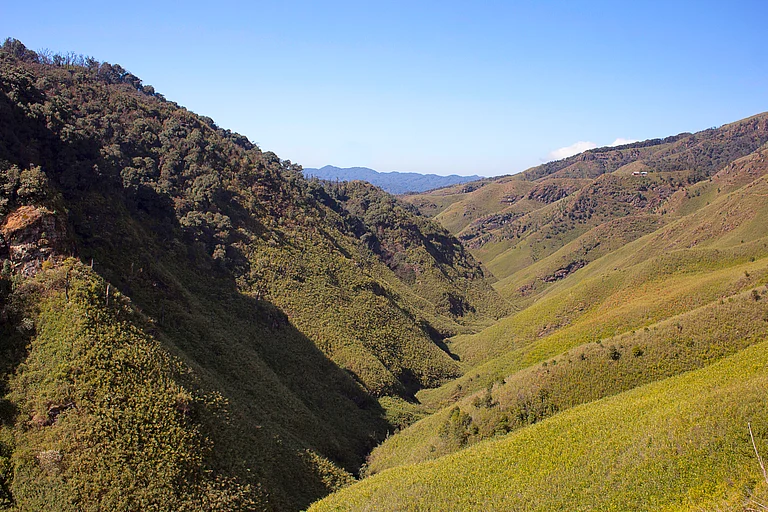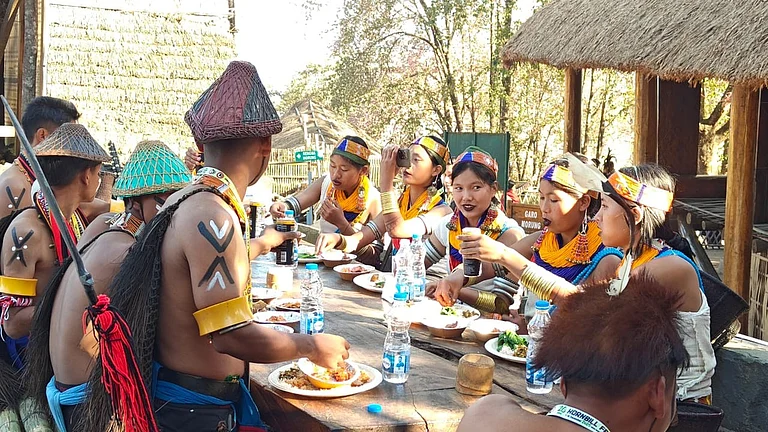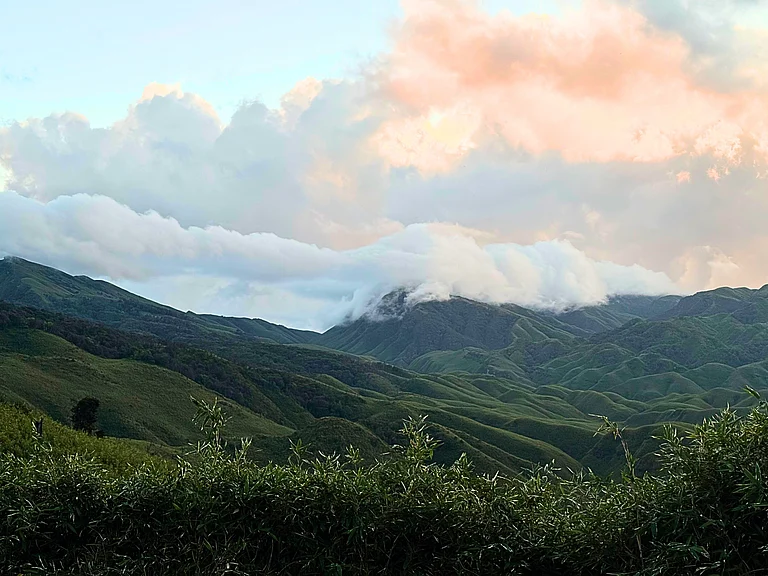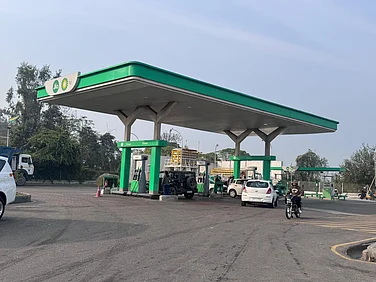"How many deaths will it take 'til he knows
That too many people have died?
The answer, my friend, is blowin' in the wind
The answer is blowin' in the wind..."
But is it? The situation in the northeast of India begs to differ. Months after the death of 13 villagers from Oting village in indiscriminate army firing in Nagaland last year, the armed forces have yet again cited 'mistaken identity' as the cause for indiscriminately firing upon two young men in Arunachal Pradesh.
At midnight of March 1, Major James, a commanding officer of the 12 Para Security Forces of the Indian Army was heard saying to a group of villagers in Chasa of Tirap district in Arunachal Pradesh, “I can give in writing, it’s our fault. I am ready to compensate the families of the victims, I will provide for the treatment and I will also make arrangements for jobs for them in case they lost their legs and hands.”
The officer's admission came hours after security forces fired upon two youngsters who were on their way back to their village after fishing in a nearby river. The two men, identified as Nokphua Wangpan, 28, and Ramwang Wangsa, 23 were fired upon Friday evening. Fortunately, the bullets were not fatal this time.
This is the second time that the Indian army apologised for a blunder they committed in a North-eastern state under the Armed Forces (Special Powers) Act, 1958 in the last four months. The first time was in Oting in Nagaland in December.
For Tirap district, this is the second case of encounter of civilians by security forces within ten days. On March 21, 51-year-old Riatto Kakho was shot dead by Assam Rifles during a gunfight with NSCN(IM), a militant outfit inside a jungle.
The encounter took place at the same time when the people of Northeast India were breathing a sigh of relief after the Indian government removed the Armed Forces (Special Powers) Act from certain parts of Assam, Manipur and Nagaland two days back. However, the incident has raised serious concern about the attitude of the government towards its border people in Northeast India and their lives.
In a chilling account, Nokphua Wangpan, one of the survivors, said, “We were returning back from fishing. We had a tukri (basket made out of bamboo to collect fish) and a machete with us. One of us had an airgun too. They first stopped us on the road and let us go after after questioning. We were singing and talking in our own language when they shot at us from behind. We started screaming “(We are) public”, but they kept on firing at us. After some time they came towards us. Two of us were shot in the leg and hand and we were profusely bleeding. But they started checking our bags. When the villagers heard the gunfire, they came out the officers got a little scared. Then the Commanding officer said to the villagers that they made a mistake.”
Both the survivors are under treatment in a civil hospital on the Assam-Arunachal border.
After the incident, villagers of Chasa village engaged in a verbal altercation with the security forces where the commander of the 12 Para Special Forces, identified as Major James, said, “It was dark and they had a hunting rifle. We made a mistake and we admit it. We are going to compensate the families and also bear the cost of treatment. I am ready to give in writing that it was our fault. You can file an FIR with the police. As an officer, I am taking full responsibility for the incident because it happened under my command.”
Taro Mize, Deputy Commissioner of Tirap district, while confirming that the security forces mistook the boys for militants said, “They poor boys were returning from hunting and on their way back, the security forces mistook them for UG outfits and started firing. The boys reported shouting that they were not militants and they were from the village. The security force has admitted to the villagers they had mistaken them and also apologised to them.”
Referring to the killing of Riatto Kakho a few days back, the DC said, “This type of incident is happening in the area and this needs to be stopped.”
The villagers and para security personnel later gathered in the Village Chief’s house in the presence of a Magistrate and police personnel headed by the Officer-in-Charge of Khonsa police station where they tried to calm the situation.
“The situation is under control now. The government is constantly monitoring it. The Chief Secretary and the Commissioner, Home, is also supervising the situation," he added.
In both cases of 'mistaken identity', there was a huge number of eyewitnesses, pushing the security forces to accept their ‘mistake’ and apologise.
Notably, in June 2017, the 21 Para Special Force of the Indian Army had shot down Thingtu Ngemu a 35-year-old villager in Changlang district of Arunachal Pradesh. The Indian Army later claimed it was another case of “mistaken identity”
There is no way to verify whether the claims of ‘mistaken identity’ are true or false as long as the Armed Forces (Special Powers) Act, 1958 is in place to give to the armed forces, even if they are involved in violations of the right to life or torture. This includes arrest and search of premises without warrants and firing after warning. However, in both incidents, the survivors have rejected the claim of 'mistaken identity.'
“Jaan bujh ke mara hai. Warna ek baar jaane diya toh phir piche se kyu mara (They shot at us knowingly, Otherwise why would they shoot us from behind while letting us go)?” asked Nokphua Wangpan.


























